Sitting Down With… Peter Marks
Director of the Center for Biologics Evaluation and Research (CBER) at the FDA, USA

How did you get involved with the FDA?
My first industry role was with Genzyme and involved interacting with the Center for Biologics. The Center had both an applied scientific research component and a regulatory component working with a nifty set of products. It was so interesting to me that, in 2011, I applied for a job there. At the time, gene and cell therapies were becoming very exciting – and, as a hematologist-oncologist, blood products were, of course, of interest to me. The opportunity to have an impact on the development and availability of important medical products was attractive. And it meant I could make use of different skills in one job. What I do now is a combination of science, medicine, administration, and even a little teaching from time to time.
What advances in gene therapy do you think could be transformative?
In vivo genome editing has tremendous potential because it can help overcome some of the problems we have with current gene therapy vectors, including longevity of expression. You need expression of an editing construct for a period of time – ideally in the dividing cells – but after your correction occurs, you’re done. Too much persistence is undesirable because it can lead to off-target effects. Genome editing could treat many diseases, but there is a whole regulatory paradigm that we have yet to fully create for genome editing. It’s very exciting – and it’s advances like this that keep me coming to work every day.
What advice do you have for developers of therapies?
Engage with the FDA – or whatever regulatory authority you are applying to – frequently. Do not be afraid to ask the hard questions. And do not be afraid to question the regulator’s responses if they don’t make sense. Such dialogue between developer and regulator is really important. I recommend closing the loop: you ask a question, the regulator responds, and then you respond back with, “From your response, we think we need to do X.” Often, regulator comments can be open to interpretation but, if you close the loop and give feedback to the regulator on what you have heard, it becomes unambiguous. For example: “We hear you. We need to have a potency assay before we proceed to phase III. Is that what you mean?” The regulator can then confirm, and you’ll know you’re on the right track.
This article was created and originally published by The Medicine Maker. To read the full version, visit: https://themedicinemaker.com/business-regulation/watching-the-future
